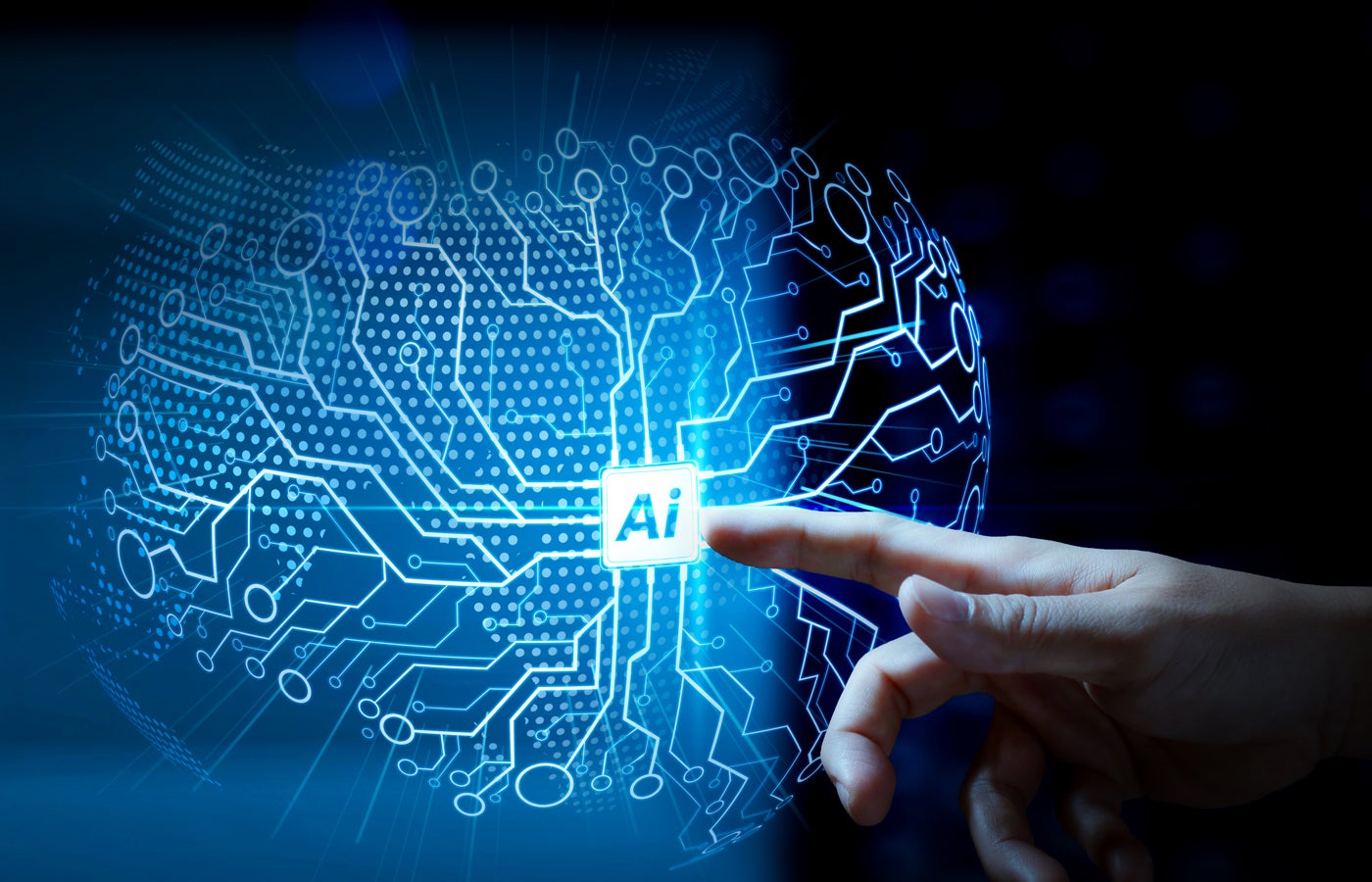Generative AI Causes Costly Mistakes for Enterprise Buyers

Gartner’s head of AI research, Erick Brethenoux, was in a prime position to witness the explosion in generative AI interest from enterprises worldwide since the launch of ChatGPT in 2022. In fact, he said now, for the first time, even his 83-year-old mother finally understands what he does for a living.
“She’s been very creative, actually, in the way that she’s been using [generative AI],” he said.
Enterprises, though, do not always start with a full understanding of generative AI. Speaking with TechRepublic at the Gartner IT Symposium/Xpo in Australia in September, Brethenoux said there is confusion in the market about the technology — partially due to the language used by vendors.
Common misunderstandings include what broader AI actually is, in comparison with generative AI, and how AI agents differ from generative AI models. This is causing some organisations to make mistakes in the way they seek to apply the technology for use cases in their business.
Confusion about different types of AI
The sudden surge of interest and media attention around generative AI has led to a lot of confusion, where people are equating AI as a whole with generative AI capabilities. Brethenoux emphasised that AI is a much broader discipline, with many other important applications beyond generative AI.
“AI and generative AI are not the same thing,” he explained. “They are not interchangeable.”
As Brethenoux explained, generative AI is a practice under the umbrella of AI, whereas AI is a large discipline that has many techniques and practices, including decision intelligence, data science, and generative AI.
SEE: Why Teradata thinks generative AI projects risk failure without understanding
One example of confusing market terminology is the widespread use of the AI/ML acronym in the field.
“I hate that acronym because it means AI equals ML. That’s not true,” Brethenoux said. “AI techniques are rule-based systems, optimisation techniques, graph technologies, search mechanisms, ambient technology; there’s all kinds of AI techniques that have been there forever, for the last five decades.”
Generative AI used in only 5% of production use cases
Brethenoux said that, at present, generative AI accounts for only a small proportion of AI in production.
“It’s 90 per cent of the airwaves and 5 per cent of the use cases,” he explained.
“That’s basically what I see today in production. Of course, if you count the number of copilots that are out there, and you say that’s generative AI, then now the number is much larger. But until I see a return on investment on that kind of application, for me, that’s not really a use case. That’s just a feature.”
Meanwhile, Brethenoux noted that other AI technologies continue to be used in a variety of use cases.
“The rest of AI? Well, that’s why airplanes arrive on time, because you use optimisation techniques to orchestrate all these crews and passengers and planes and airports and gates and everything. And good luck doing that without AI. All these systems work because AI is the background today.”
AI agents are being confused with static AI models
Gartner highlighted agentic AI as a key strategic technology trend to watch in 2025. However, Brethenoux said customers must avoid confusion over what an AI agent actually is, especially when “vendors are very good at confusing our clients” by saying that AI models and AI agents are the same.
“They are far from the same thing,” he said. “It’s very damaging, actually, to put them in the same sentence.”
Brethenoux added that:
- An AI agent is an active software entity that performs tasks on behalf of someone or something and often acts independently.
- An AI model is a passive entity created by an algorithm and a set of data. While an agent can use models to perform their task, they are not the same thing.
SEE: 9 innovative use cases of AI in Australian businesses in 2024
“I think the confusion comes from that mix of building a dynamic system that performs something, and building a set and a library of static assets that can be exploited, but are not doing anything in particular,” he explained. “They are just sitting there until you use them. Agents can use them, but they are not the same thing.”
AI confusion causing costly mistakes for organisations
Brethenoux said he had seen organisations “making big, costly mistakes” as a result of misunderstanding AI. Some organisations hit trouble when they apply a static AI model without having the correct infrastructure in place to make it dynamic, causing expensive delays and other issues in production.
Brethenoux said some confusion was evident at the Gartner Symposium, “I just had a discussion with a gentleman, who was telling me, ‘We want to use generative AI for this.’ And I said, ‘Well, what you’re trying to do can be solved by a graph technique in a much easier way, a much cheaper way, and a lot faster.”
AI ‘recess’ over with focus now on operationalising AI
The AI field dove headlong into a period of exploring generative AI models after the launch of ChatGPT. This marked a switch from a previous focus on operationalising AI and managing the technical debt associated with deploying AI systems at scale, which Brethenoux called AI engineering.
As of January 2024, Brethenoux said organisations had come back from this “recess” and were making AI engineering a top priority again as they try to effectively implement new generative AI capabilities.
“Starting in January 2024, it was sudden for us from an inquiry perspective; recess was over, and it was back into the school room,” he explained. “It was, ‘How do we make those damn things work?’, ‘How much money do they cost?’, ‘Are they really useful?’, and ‘Where do we use them?’ AI engineering is back.”
Source link










